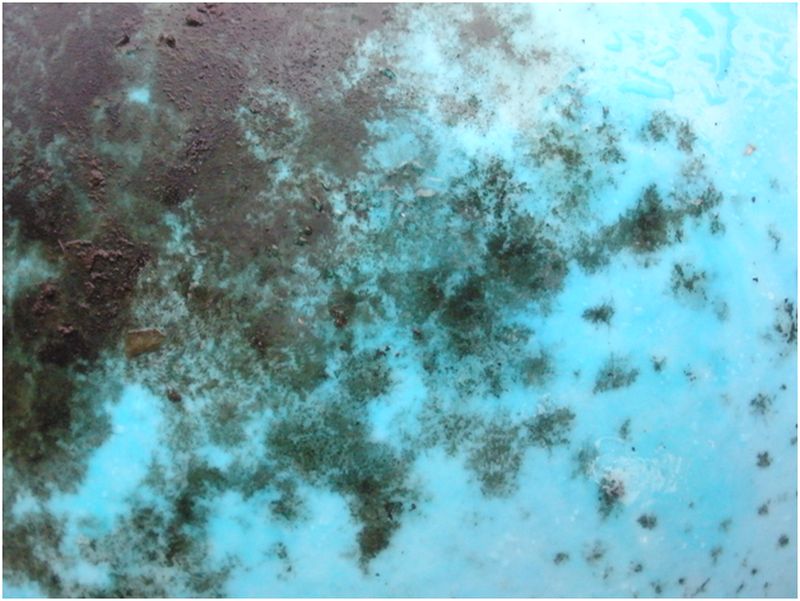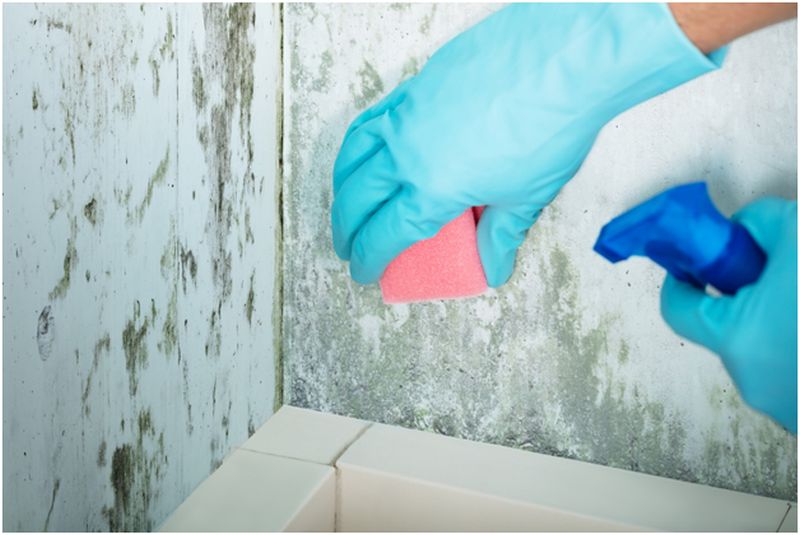Whether it’s the middle of a humid summer day or damp winter, the moisture indoors may result in the appearance of unwelcome fungi like mold and mildew. These fungi will grow on wood, books, clothes, walls, toys, floors, and fabric. The prized belongings that you’re keeping in the basement may look like trash when they are covered with these greenish and small microorganisms.
However, many people may brush off the presence of mold, saying that it’s not an immediate concern. But the real question here is, can mildew affect your health and the body overall? This is what this article is all about. Learn more about your mold and health on this page here.
About Molds
Molds are forms of fungi, and you’ll see various types of them. Both are common inside and outside the house. The reproduction process is spread through the air through the spores which are floating in the environment. These spores are present all around an indoor environment, and there’s no way to prevent them entirely.
However, these spores will thrive and begin to attach themselves in environments with water and warmer temperatures. When they start to land on wet areas, they start to grow, and they eat on different surfaces like glass, paper, fabric, plastic, and wood.
Types to Know About
 Nobody is really sure about the types of mold present in the environment. However, most experts estimate over 300,000 out there, and others are more commonly found in the home. Some of the common indoor types that you need to watch out for are:
Nobody is really sure about the types of mold present in the environment. However, most experts estimate over 300,000 out there, and others are more commonly found in the home. Some of the common indoor types that you need to watch out for are:
- Penicillium: These fungi have a greenish or bluish appearance. They commonly grow in furniture and other materials that have water damage on them. Read additional info about penicillium in this web address: https://www.britannica.com/science/Penicillium.
- Cladosporium: These varieties grow in warm or cool areas. More common appearances are often found on wooden surfaces or fabrics of clothing.
- Aspergillus: Aspergillus grows indoors on powdery or dusty surfaces and food items. They are found mostly on drywall and other building materials.
- Alternaria: This occurs under leaky sinks, showers, comfort rooms, and other damp places indoors.
The texture and colors may vary. You may find green, black, yellow, or white discoloration or stains on the surfaces. Some have velvety, while others have fuzzy looks depending on their types and which surfaces, they are growing.
Mold and Health
 Molds and mildew are major health issues that should be taken seriously. If you see them growing inside your home, it’s best if you can call a company that specializes in mold removal in Houston for speedy treatments and fast action. If you leave this problem alone, it can result in a weakened immune system and irritation of an existing respiratory problem that you may have. Other health issues that you may encounter when there’s mold inside your house are as follows:
Molds and mildew are major health issues that should be taken seriously. If you see them growing inside your home, it’s best if you can call a company that specializes in mold removal in Houston for speedy treatments and fast action. If you leave this problem alone, it can result in a weakened immune system and irritation of an existing respiratory problem that you may have. Other health issues that you may encounter when there’s mold inside your house are as follows:
Difficulty in Breathing
As the fragments, cells, spores, and other unstable organic compounds grow and enter the air, they can cause allergic reactions to the house occupants. The irritants, mycotoxins, and allergens combine together to produce allergies, and they are toxic to occupants that are especially sensitive to them.
Dampness encourages the irritants to break down further, increasing the dust and particle volume in the air. The irritation in the throat, nose, and lungs may cause the symptoms for asthmatic people to become worse, and they may suffer from a significant breathing problem.
Allergies
 As mentioned, the spores are considered allergens, and any person with sensitivities to the spores may react adversely. The allergies from mold and mildew are usually similar to other types like hay fever and seasonal ones. Airborne substances typically enter through the respiratory tract and cause havoc. Some of the symptoms that a person may feel include:
As mentioned, the spores are considered allergens, and any person with sensitivities to the spores may react adversely. The allergies from mold and mildew are usually similar to other types like hay fever and seasonal ones. Airborne substances typically enter through the respiratory tract and cause havoc. Some of the symptoms that a person may feel include:
- itch inside the nose
- itchy throat
- runny or blocked nose
- watery eyes
- sneezing
Those with asthma and mold allergies will have a higher chance of getting asthma attacks, and they can become hospitalized if the issue is not appropriately treated. Babies and younger children may also become prone to diseases when they frequently inhale mold spores.
Aspergillosis
If you have a higher concentration of Aspergillus mold in your home, it may be time to reconsider and get help from remediation companies. This is where the experts will use specialized treatments and techniques to remove the mold in your home. If the Aspergillus is not removed, the spores of this fungus will make individuals sick. It generally makes an existing lung problem develop into severe pneumonia or weaken one’s immune system.
The allergic aspergillus sinusitis affects the nose area, and it may involve a headache. There’s the fungus ball which is a cough that may produce blood and other breathing problems. Chronic pulmonary aspergillosis may include weight loss and severe coughs.
Other Conditions to Know About
Mold may trigger the production of bacteria and microbes. The exposure may often trigger an inflammatory response in many people, according to the World Health Organization. The WHO has also noted the microbial agents that produce a higher risk of fungal and bronchial infections. There’s scientific evidence according to some research that shows that too much mold exposure may result into:
- bronchitis
- hypersensitivity pneumonitis
- allergic fungal sinusitis
- chronic rhinosinusitis
- lower respiratory tract infection in children
Prevention
One of the things to do is control the amount of moisture you have in your home. This will prevent too much growth of mold and mildew indoors. Keep everything well-ventilated and clean. Some of the causes of humidity include:
- Pets and People’s Breathing
- Use of Water for Cooking and Washing
- Moisture in Air in Rainy Days
- Leaks in Pipes or Water Tanks
- Living in a Tightly-Sealed Home
It’s best if you could reduce the humidity in your home by doing the following:
- Acting quickly if spills occur
- Reduce the indoor moisture through a dehumidifier
- Leave the windows and doors open during the day, allowing air circulation
- Use the extractor fans to remove moisture when you cook
- Ensure that all fabrics are thoroughly dry before storing them away
- Call the experts if you have a wider infestation of mold and mildew
Article Submitted By Community Writer




